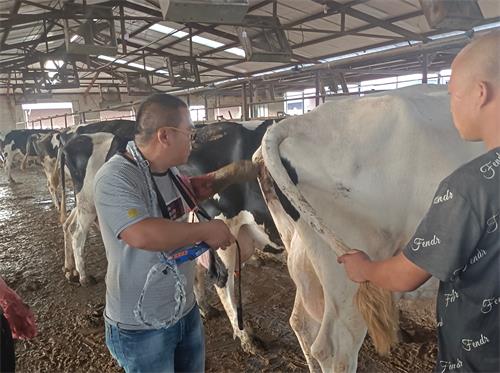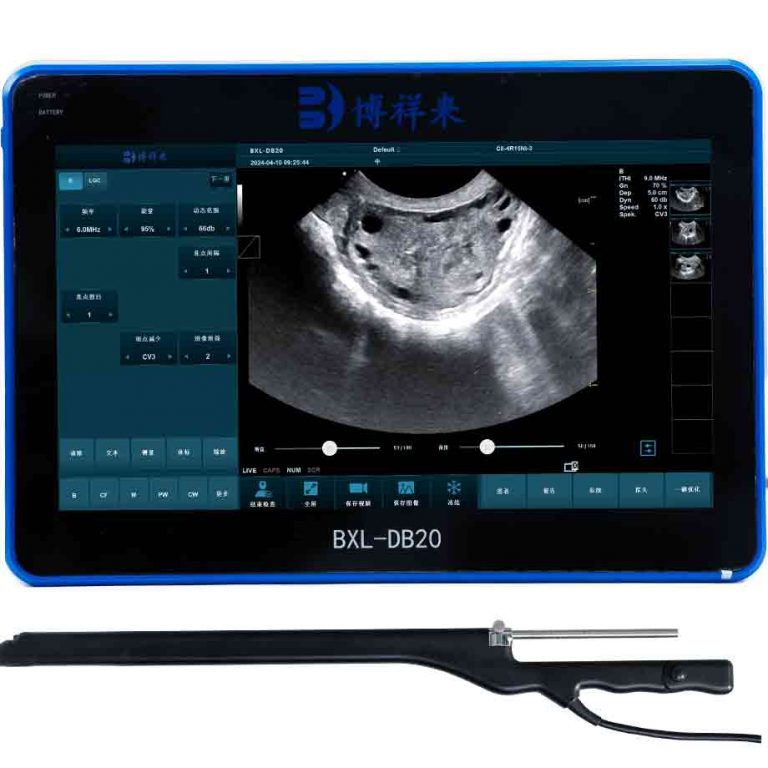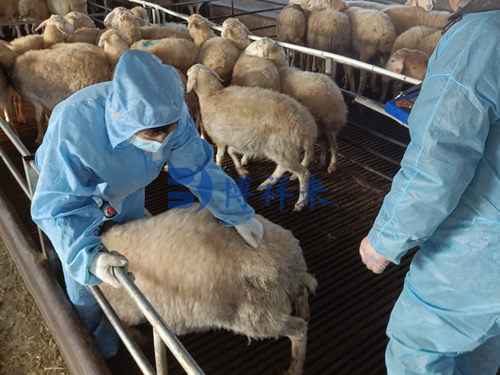How Do You Test for Pregnancy in Beef Cattle?
Efficient reproductive management is crucial for the profitability of beef cattle operations. Early and accurate pregnancy detection allows producers to make informed decisions, optimize herd health, and improve overall productivity. This article explores the primary methods used to diagnose pregnancy in beef cattle, highlighting their procedures, advantages, limitations, and practical considerations.

Manual Rectal Palpation
Manual rectal palpation is one of the oldest and most commonly employed techniques for pregnancy detection in beef cattle. It involves a trained veterinarian or technician inserting a gloved arm into the cow’s rectum to feel the reproductive tract for signs of pregnancy.
Procedure:
-
The examiner assesses the uterus and ovaries for changes indicative of pregnancy, such as:
-
Enlargement of uterine horns
-
Presence of fluid in the uterus
-
Detection of fetal membranes or the fetus itself
-
Palpation of placentomes (attachments between the placenta and uterus)
-
Advantages:
-
Cost-effective and requires minimal equipment
-
Provides immediate results
-
Can estimate the stage of pregnancy, especially between 45 to 120 days gestation
Limitations:
-
Accuracy depends on the skill and experience of the examiner
-
May not reliably detect pregnancies before 35 days gestation
-
Cannot assess fetal viability or detect multiple fetuses
-
Risk of misdiagnosis due to conditions like pyometra or mucometra
Transrectal Ultrasonography
Transrectal ultrasonography utilizes sound waves to create real-time images of the reproductive tract, allowing for early and detailed pregnancy diagnosis.
Procedure:
-
A veterinarian inserts an ultrasound probe into the cow’s rectum to visualize the uterus and ovaries on a monitor.
-
The presence of a fetus, embryonic heartbeat, and other structures can be observed.
Advantages:
-
Can detect pregnancy as early as 28 days post-breeding
-
Allows assessment of fetal viability by detecting heartbeat
-
Enables determination of fetal age, sex (between 55 to 80 days gestation), and detection of twins
-
Provides immediate results
Limitations:
-
Requires specialized equipment and trained personnel
-
Higher cost compared to manual palpation
-
Accuracy can be affected by operator skill and equipment quality
Blood-Based Pregnancy Tests
Blood tests detect pregnancy-associated glycoproteins (PAGs) produced by the placenta, indicating the presence of a viable pregnancy.
Procedure:
-
A blood sample is collected from the cow, typically from the tail vein.
-
The sample is sent to a laboratory for analysis, with results usually available within a few days.
Advantages:
-
Can detect pregnancy as early as 28 days post-breeding
-
Useful in areas with limited access to veterinary services
-
Non-invasive and easy to perform
Limitations:
-
Results are not immediate; delays can impact management decisions
-
Cannot provide information on fetal viability, age, or multiple pregnancies
-
Residual PAGs from a previous pregnancy can lead to false positives if testing is done too soon after calving

Comparative Summary
| Method | Earliest Detection | Immediate Results | Fetal Viability | Fetal Age Estimation | Fetal Sexing | Twin Detection | Cost |
|---|---|---|---|---|---|---|---|
| Manual Rectal Palpation | 35-45 days | Yes | No | Moderate | No | Limited | Low |
| Transrectal Ultrasonography | 28 days | Yes | Yes | High | Yes | Yes | Moderate |
| Blood-Based Tests | 28 days | No | No | No | No | No | Variable |
Practical Considerations
When choosing a pregnancy detection method, producers should consider factors such as herd size, available resources, access to veterinary services, and management goals.
-
Manual Rectal Palpation is suitable for operations seeking a cost-effective method with immediate results, provided skilled personnel are available.
-
Transrectal Ultrasonography offers detailed information and early detection, beneficial for intensive management systems aiming to optimize reproductive performance.
-
Blood-Based Tests are advantageous in remote areas or where handling facilities are limited, though the delay in results should be factored into management plans.
Implementing a consistent and timely pregnancy detection program enables producers to make informed decisions regarding culling, nutrition, and breeding strategies, ultimately enhancing herd productivity and profitability.
References
-
Alabama Cooperative Extension System. “Beef Cow Pregnancy Examination.” https://www.aces.edu/blog/topics/beef/beef-cow-pregnancy-examination/Alabama Cooperative Extension System
-
University of Florida IFAS Extension. “Pregnancy Diagnosis on Beef Cattle Today.” https://edis.ifas.ufl.edu/publication/AN394Ask IFAS – Powered by EDIS
-
Agriculture Victoria. “Pregnancy Testing of Beef Cattle.” https://agriculture.vic.gov.au/livestock-and-animals/beef/breeding/pregnancy-testing-of-beef-cattleAgriculture Victoria
-
BeefResearch.ca. “Pregnancy Detection.” https://www.beefresearch.ca/topics/pregnancy-detection/Beef Research
-
Land-Grant Press. “Pregnancy Determination in Beef Cattle.” https://lgpress.clemson.edu/publication/pregnancy-determination-in-beef-cattle/Land-Grant Press






Pretty useful stuff here. I’ve always just relied on the vet to tell me what’s up with the cows, but this gave me a clearer idea of what’s actually going on behind the scenes. Wish I’d seen it earlier, would’ve saved me some confusion last calving season. Cheers.